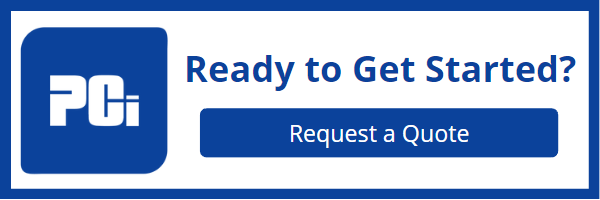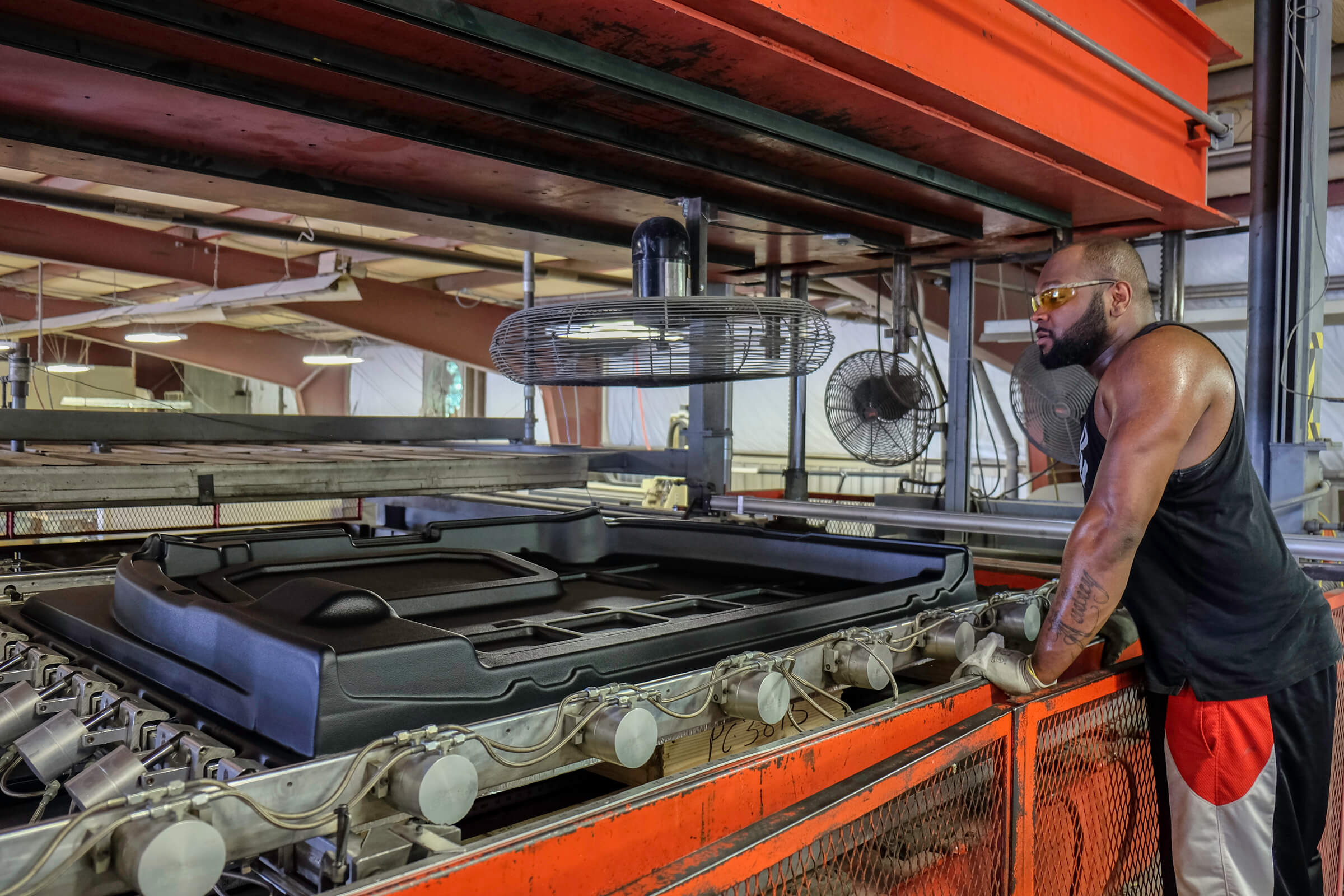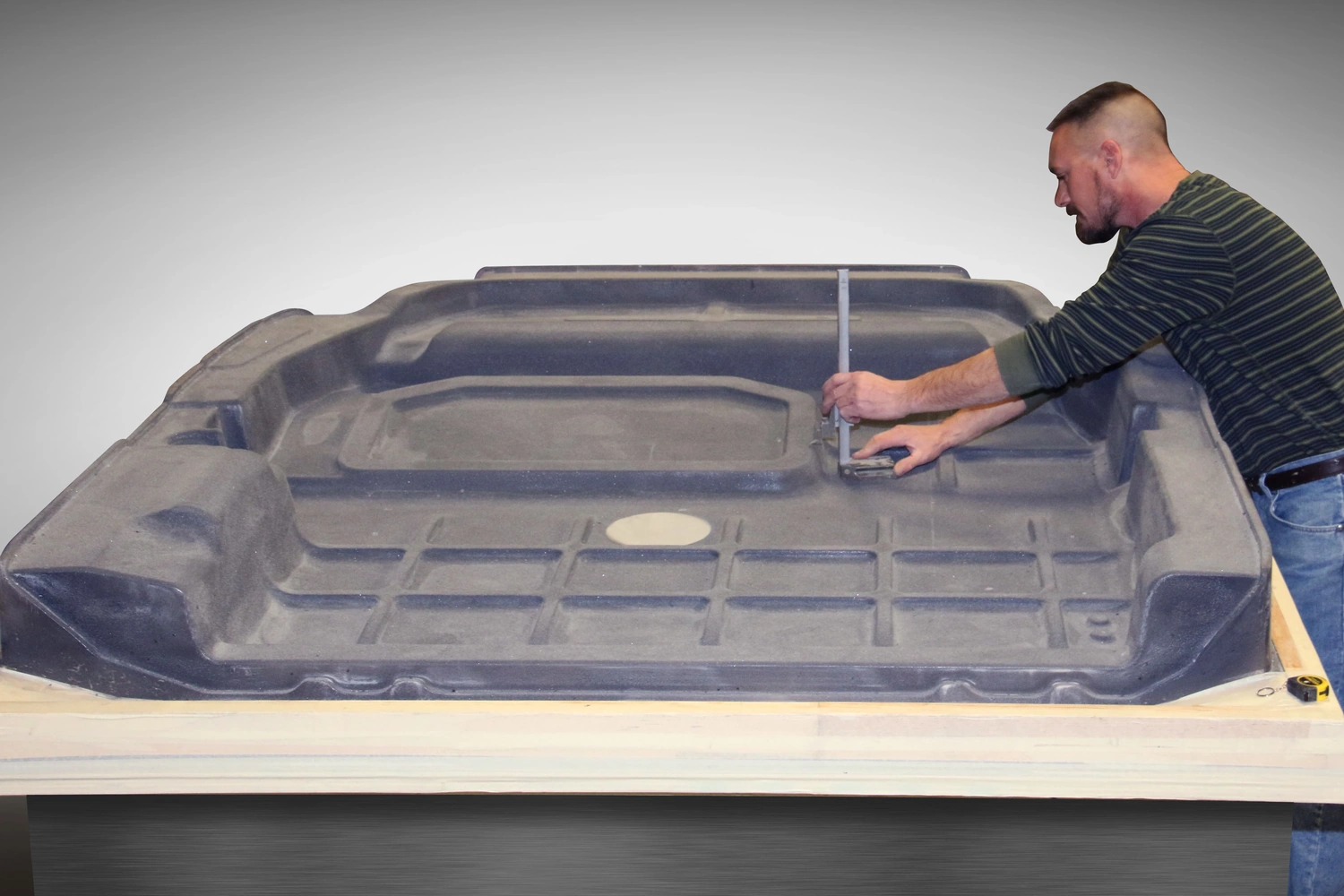Questions To Ask Before Starting Your Thermoforming Project
Thermoforming is a versatile and widely used process in the manufacturing industry, involving the heating of a plastic sheet until it becomes pliable, then forming it over a mold, and finally cooling it to create a desired shape.
This method is particularly popular due to its cost-effectiveness, efficiency, and ability to produce large parts with relatively low tooling costs compared to other manufacturing processes like injection molding.
Before starting a thermoforming project, people typically ask several important questions to ensure the success and feasibility of their project. Here are some common questions:
1. Material Selection: What type of plastic material is best suited for this project? Considerations often include the material's durability, flexibility, cost, and compatibility with the desired product features. Do I need a thick gauge (.050” and up, generally non-disposable items) or a thin gauge (.049 and under, generally packaging and disposables
2. Design Specifications: What are the precise dimensions and tolerances required for the parts? This includes understanding the limits of thermoforming in terms of detail, depth, and size. Does the part design currently work for thermoforming or is there enough flexibility in the design to adapt it for thermoforming?
3. Cost and Budgeting: How much will the project cost? This encompasses material costs, tooling, production, and any additional post-processing like trimming or painting.
4. Quantity and Production Scale: How many units are needed? Deciding on the scale of production (small batch vs. large scale) can influence the choice of the thermoforming process (vacuum forming, pressure forming, etc.) and the grade of tooling required.
5. Lead Time: What is the timeline for the project? Understanding the time required for design, tooling, production, and shipping is crucial for project planning.
6. Tooling and Mold Design: What type of tooling is required? The design of molds and the choice between single-use or multi-use tooling can affect both the cost and quality of the final product.
7. Finishing and Post-Processing Needs: Are there any specific finishing requirements like painting, hardware, texturing, or additional machining? When it comes to thermoforming projects, the finishing and post-processing needs play a crucial role in achieving the desired aesthetics and functionality of the final product. Depending on the project requirements, there may be a need for various finishing techniques to enhance the appearance, durability, and overall quality of the thermoformed parts.
8. Compliance and Standards: Does the product need to meet specific industry standards or regulatory compliance, especially if it's for sectors like food packaging, transportation, or medical devices? When it comes to thermoforming projects, it is crucial to consider whether the product needs to meet specific industry standards or regulatory compliance, especially if it is intended for sectors like food packaging, transportation, or medical devices. These industries have strict guidelines and regulations in place to ensure the safety and quality of the products being used.
9. Environmental Considerations: What are the sustainability and environmental impacts of the materials and processes used? In today's world, sustainability and environmental consciousness have become increasingly important factors to consider in any manufacturing process. Thermoforming is no exception. When evaluating a thermoforming project, it is crucial to assess the sustainability and environmental impacts of both the materials used and the processes involved.
10. Prototype Development: Is there a need for a prototype, and how will it be produced? Thermoforming is a suitable option for a variety of projects, particularly when factors like design complexity, material type, production volume, part size, cost, lead time, and aesthetic requirements align with the strengths of the thermoforming process. It’s a process that offers a good balance between flexibility, quality, and cost, making it a popular choice in industries such as automotive, packaging, consumer products, and medical devices.
Thermoforming is a suitable option for a variety of projects, particularly when factors like design complexity, material type, production volume, part size, cost, lead time, and aesthetic requirements align with the strengths of the thermoforming process. It’s a process that offers a good balance between flexibility, quality, and cost, making it a popular choice in industries such as automotive, packaging, consumer products, and medical devices.


